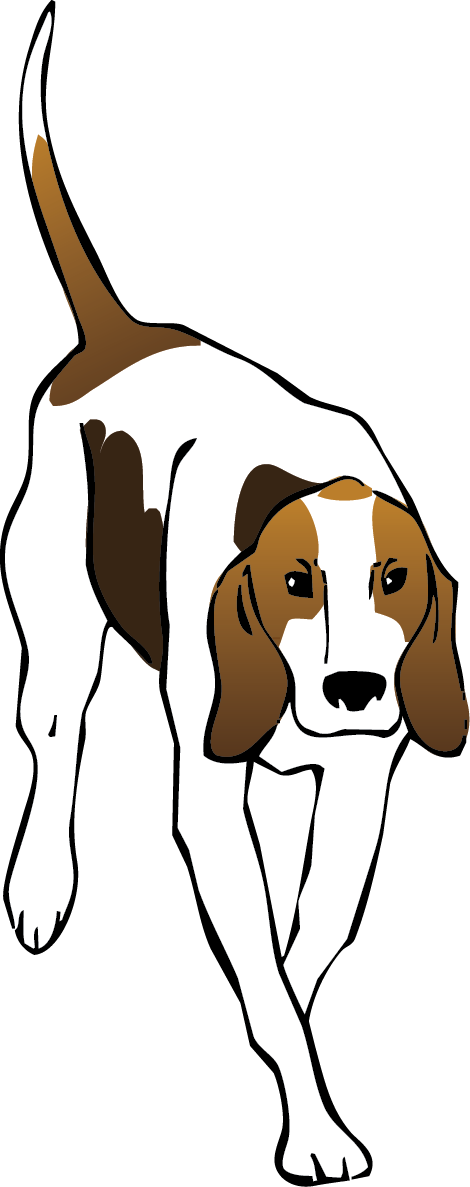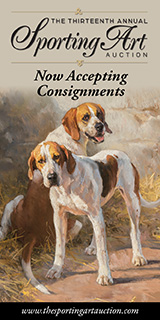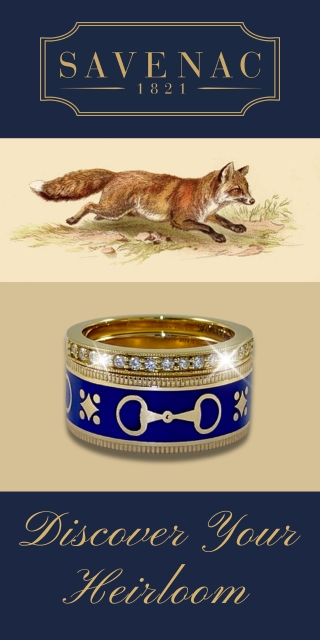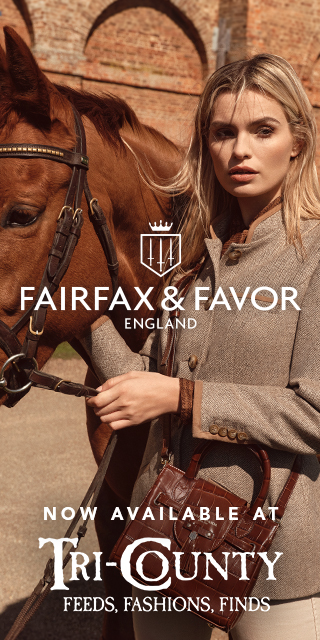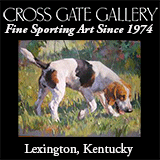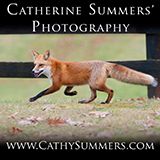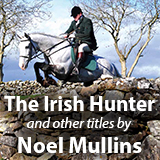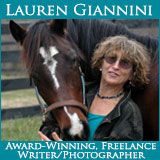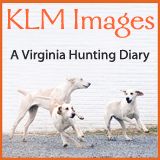see you at second horses
See You at Second Horses
See You at Second Horses, Barclay Rives, Aterlerix Press, New York, 2014, Paperback, illustrated, 184 pages, $13.50, available at retail outlets including Horse Country Saddlery, Warrenton, VirginiaThe foxes! Oh, the foxes! When Barclay Rives undertook a marathon of foxhunting in 1999, when he went out with nine English hunts in ten days, it seemed like there was a fox popping out of every covert.
Rives, an honorary whipper-in for the Keswick and Bull Run Hunts (VA), writes about his English sporting adventure in See You at Second Horses, a delightful read that puts us galloping behind some great packs in the glory days before the infamous Hunting Act of 2004 banned hunting with hounds in the traditional manner in England and Wales.
Rives is an avid hunter who once hunted one hundred days a season, sometimes going out with Keswick in the morning and Bull Run in the afternoon. Saying he was gung-ho is an understatement. He jumped at the chance to join his friends Grosvenor and Rosie Merle-Smith to hunt with packs dating back to the 1700s: the Quorn (twice), the Cottesmore, the Fernie, and others, including a foot pack—the High Peak Harriers—after rabbits.
See You at Second Horses
This hunt report—a short but informative excerpt from Chapter 3 of Barclay Rive’s new book, See You at Second Horses—harks back fifteen years to when Barclay accompanied Rosie and Grosvenor Merle-Smith to England. The book recounts their hunting adventures during that trip and is available from Horse Country Saddlery, Warrenton, Virginia.
At the time, Grosvenor was Master and huntsman of the Bull Run Hunt (VA), and Barclay whipped-in to him. Barclay also whipped-in to the Keswick Hunt (VA)—sometimes to both hunts on the same day when Keswick met in the morning and Bull Run in the afternoon!
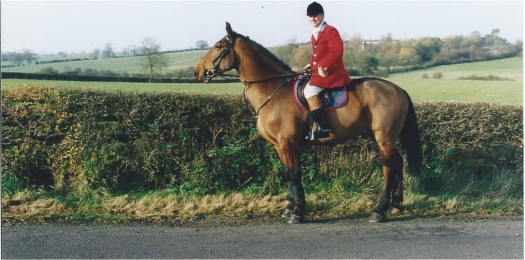 The author on Bruno at the Fernie meet at Billesdon / Rosie Merle-Smith photo
The author on Bruno at the Fernie meet at Billesdon / Rosie Merle-Smith photo
Julie and Colin brought our horses down the ramp out of the box. We had our first experience of what became a familiar routine: stepping up the ramp and using it as a mounting block for the horse led up beside it. I usually had to shorten my stirrups. Colin had to hold on to the horse’s head until I was done, because they were ready to go as soon as they felt weight in the saddle. Julie gave me instructions as I mounted a big bay.
“This is Bruno. He prefers a longer rein to a shorter one. He hunts with the Fernie every Saturday, so he knows his job.” This was her diplomatic way of telling me to stay off of the horse’s mouth and let him take care of me. I thought Bruno looked like he should be pulling a cart, but I was ignorant. He was a brilliant field hunter. An excellent teacher, Bruno was what American horse dealers call a packer, meaning he could pack me around as if I were a sack of grain. He was calm at checks, but ready to run and jump when the need arose. Sporting author Michael Clayton in Endangered Species reports that English foxhunters say the ideal hunting horse should have “the head of a duchess and the arse of a cook.” Bruno had plenty of muscle behind, and while his head was hardly elegant, he possessed beautiful brains.
Grosvenor, Rosie and I headed down the road where hounds had gone. Julie called to us, “See you at Second Horses.”
